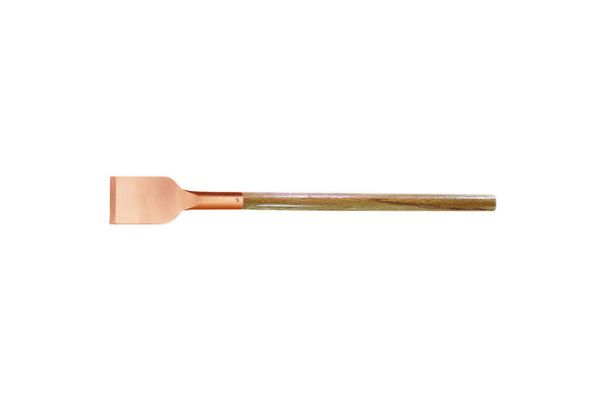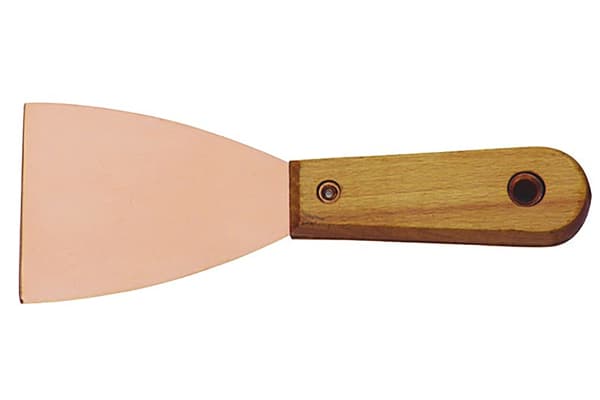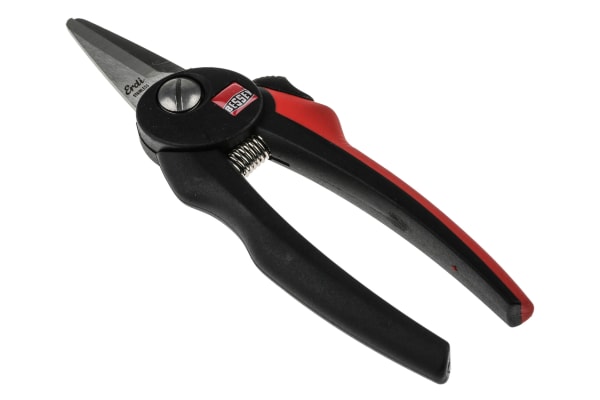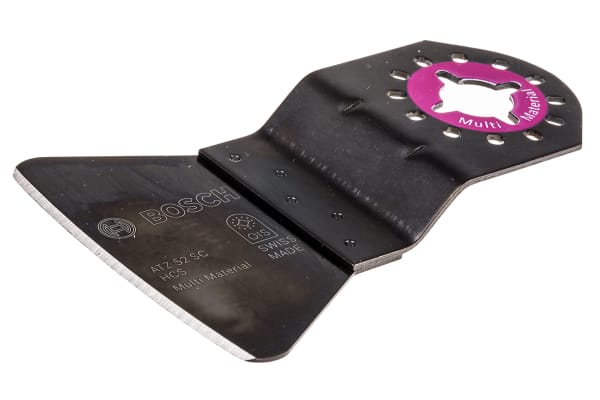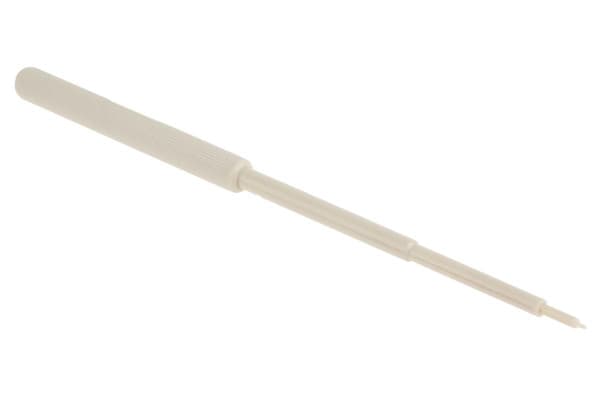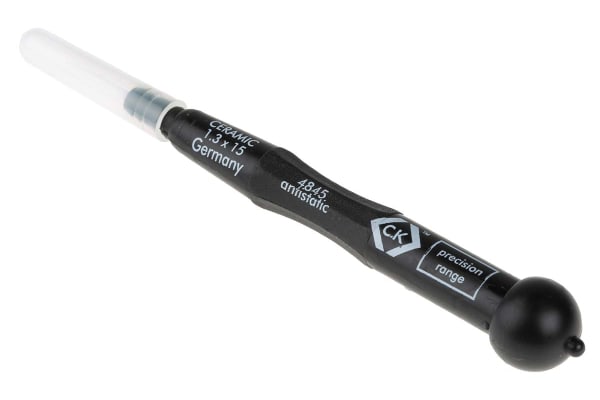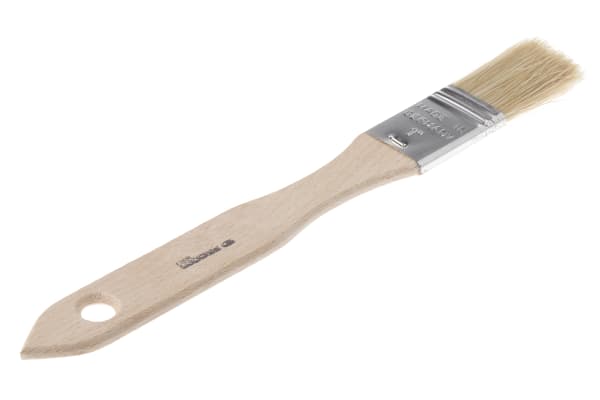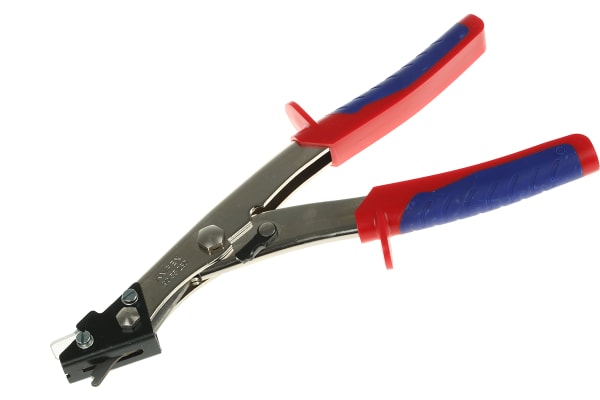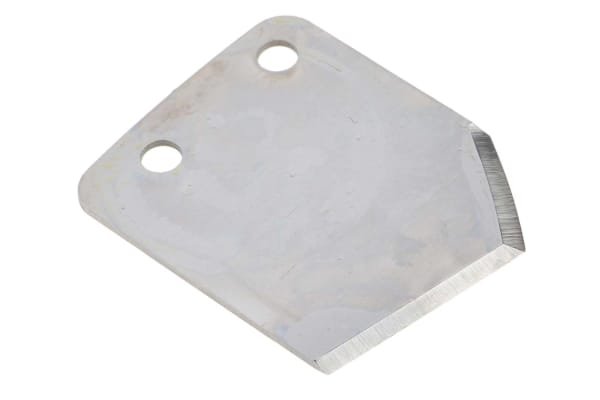Scissors & Multi-tools
Tin snips, also known as metal cutters, are specifically used to cut sheet metal into required shapes and sizes. They have a high cutting capability, with different models designed for particular gauge levels. The length of the handles can vary based on the style of tin snips, with longer handles and shorter blades used for heavier duty cuts by providing additional leverage, and the rubberised handles allow for a stronger grip. Snips are available in different styles of cut, including straight, directional (left or right), and curved, with the blades typically manufactured from drop-forged carbon steel to provide the required strength and a long working life. Types of tin snipsAviation snips – typically used in the aviation industry to cut sheet metal, aviation snips are also known as combination snips due to their dual pivot points and spring-loaded mechanism. Aviation snips come in three basic styles that most manufacturers colour-code to make them easily identifiable during work: red snips are best for left directional cuts, yellow snips are best for straight cuts, and green snips are best for right directional cuts. Tin snips – also available in different directional cuts, standard tin snips are not typically colour-coded unless specific brands have chosen to do so. There are different forms of standard tin snips available, including straight cut, curved cut, duckbill, and bulldog. Nibblers – used for finer metal cutting work, a nibbler’s blade moves precisely along the kerf (a channel left behind by a saw or blade) using a spring-loaded action. The predominant difference between tin snips and nibblers is that nibblers have one blade that cuts using a punching motion as opposed to the dual-bladed cutting action of tin snips.
-
Bahco 145 mm Steel Electricians Scissors
IDR596,614.32 -
Bahco Beryllium Copper Hand Scraper, 1 piece
IDR2,668,296.71 -
Bahco Beryllium Copper Hand Scraper, 1 piece
IDR1,981,581.88 -
Bessey 140 mm Straight Tin Snip
IDR327,151.91 -
Bessey 190 mm Straight Tin Snip
IDR548,155.14 -
Bessey 190 mm Straight Tin Snips
IDR337,536.02 -
Bessey 240 mm Curved, Straight Tin Snip for Carbon Steel
IDR437,181.52 -
Bessey 240 mm Straight Tin Snip for Carbon Steel
IDR464,348.03 -
Bessey 240 mm Straight Tin Snip for Carbon Steel
IDR1,100,400.99 -
Bessey 260 mm Straight Tin Snip for Carbon Steel
IDR1,117,498.06 -
Bessey 260 mm Straight Tin Snips
IDR1,117,498.06 -
Bessey 280 mm Straight Tin Snip for Carbon Steel
IDR853,594.82 -
Bosch HCS Flexible Scraper
IDR212,297.36 -
Bosch HCS Rigid Scraper
IDR212,297.36 -
CK Ceramic 4 Piece Trimmer Tool Set, 100 mm
IDR1,990,287.75 -
CK Thermoplastic 10 Piece Trimmer Tool Set
IDR143,279.74 -
CK Zirconium Oxide Ceramic 1 Piece Trimmer Tool, 100 mm
IDR450,607.44 -
Facom 205 mm Left, Right Tin Snips for Aluminium, Cardboard, Leather, PVC, Rubber, Steel
IDR534,099.88 -
Facom 205 mm Straight Tin Snip for Aluminium, Cardboard, Leather, PVC, Rubber, Steel
IDR508,192.05 -
Facom Flat Snap-off Blade
IDR154,398.08 -
Facom Scrubbing Brush
IDR81,184.86 -
Knipex 280 mm Straight Nibbling shears
IDR1,222,597.84 -
Knipex No.25.0 mm Flat Steel Cutter Blade
IDR483,752.68 -
RS PRO 145 mm Straight Tin Snips for Various Materials
IDR218,066.31




